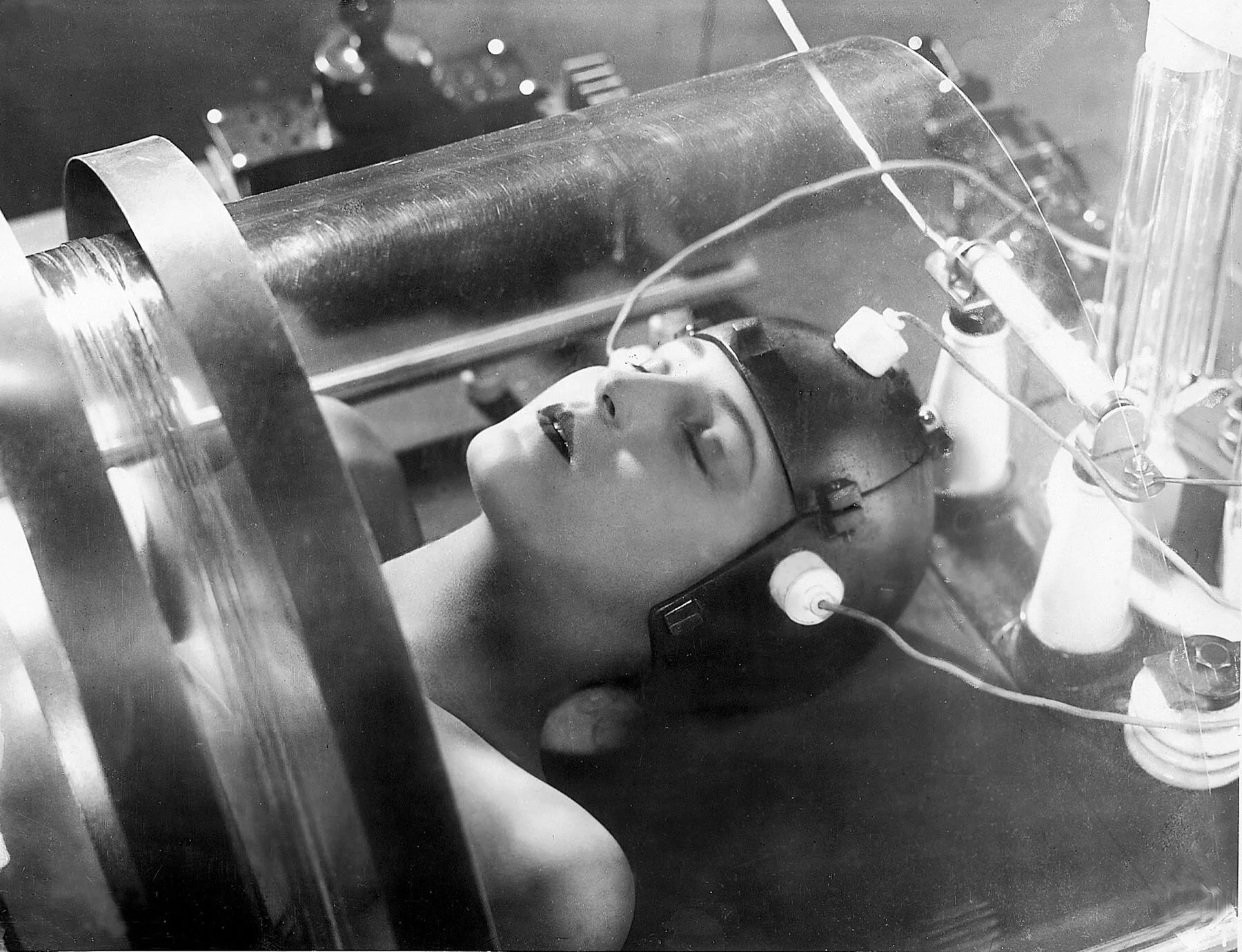As the name suggests, German expressionist filmmakers used visual distortion and hyper-expressive performance to show inner turmoils, fears and desires of that era. German Expressionism reflects the inner conflicts of its 1920s German audience by giving their woes an inescapably external presence. By rejecting cinematic realism, expressionist films showcase dramatic, revolutionary interpretations of the human condition.
How German Expressionism began
THE CABINET OF DR. CALIGARI (CREDIT: DECLA-BIOSCOP)
In 1916, the German government decided to ban all foreign films. With a sudden demand for more domestic titles, there was an understandably dramatic increase in the number of films produced in Germany each year. However, German audiences had become less preferential towards romance and action flicks since the beginning of WWI, and themes of violence, cruelty and betrayal become more relevant topics for discussion. This unfortunate set of circumstances, along with the constant fear of hyperinflation, provided a platform for daring, innovative filmmakers such as Fritz Lang (Metropolis) and F.W. Murnau (Nosferatu) to make German Expressionism one of the most important and influential movements in cinematic history.
"I am profoundly fascinated by cruelty, fear, horror and death. My films show my preoccupation with violence, the pathology of violence." - Fritz Lang
Image: 'Metropolis' (Ufa Parufamet)
Unlike most other cinematic movements, Expressionism doesn't solely belong to filmmaking, and existed prior to the invention of cinema. Fortunately, this helps us understand Expressionist principles and how they were utilized by filmmakers. Consider Edvard Munch's The Scream, arguably the most famous Expressionist painting of all time; you can clearly see how the concept allows moods to be expressed by creative distortion. It shows an impression of a scene, as opposed to its physical reality. On film, this ideology can apply to every aspect of the creative process, from dream-like set designs to melodramatic on-screen performances. For this reason, German Expressionist cinema also has close-knit ties to architectural design. Films such as The Cabinet of Dr. Caligari and Metropolis are often studied as perfect examples of how set design can be used to create a world that is aesthetically controlled by the film's emotional instructions.
German Expressionist film Portrays a Subjective, Emotional World
The movement radically challenged conventional filmmaking at the time, and has provided food for thought for the industry ever since. Today, the enduring influence of German Expressionism can be seen throughout the medium, with critically acclaimed directors such as Ridley Scott and Tim Burton consistently taking influence from Expressionist work. On a broader scale, German Expressionism's enduring impact within the horror genre cannot be overstated, helping to shape the genre's frameworks upon which the entire genre still relies on. (Source)



